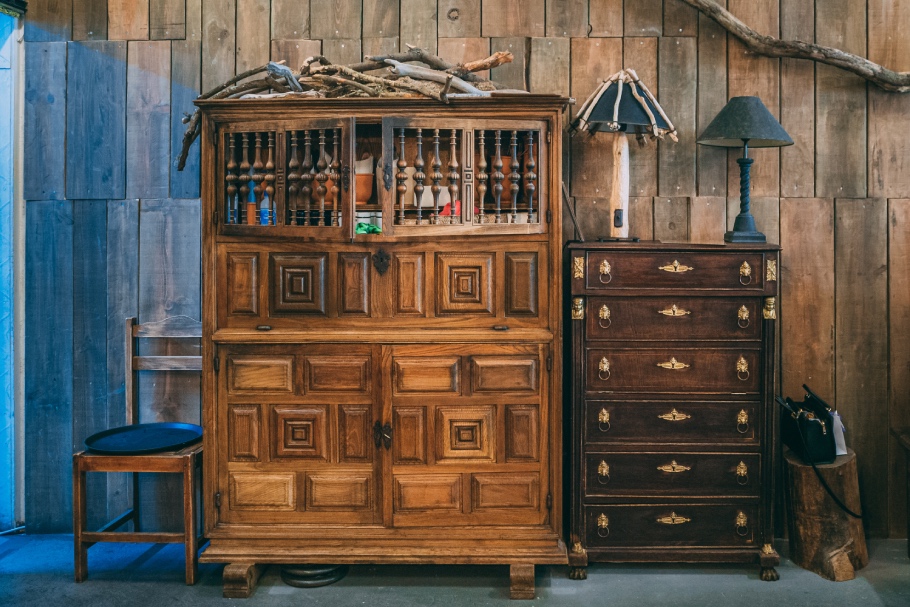

Moving antique furniture, collectibles, or vintage family heirlooms requires more than standard packing supplies.
These valuable pieces are often fragile, irreplaceable, and highly sentimental.
Whether you’re moving locally or long distance, taking the right steps can prevent costly damage and ensure peace of mind.
Here’s a guide on how to move antiques safely, written by experts with years of experience in careful, professional moving.
1. Create an Inventory of Your Antiques
Before you begin packing, list all antiques you’re moving. Include:
- Item names and detailed descriptions
- Photos from multiple angles
- Notes on any existing scratches, cracks, or wear
This helps you keep track of each item during the move and is essential for insurance purposes.
2. Get a Professional Appraisal
If your antique items are particularly valuable, consider hiring a certified appraiser. A recent appraisal ensures:
- Accurate insurance coverage
- Proper documentation in case of damage or loss
- Useful records for estate planning or resale
3. Review Your Moving Insurance
Don’t assume that standard moving insurance covers antiques. Ask your moving company:
- What type of coverage is included
- If antiques are treated as high-value items
- Whether full replacement or declared value protection is available
For added protection, consider third-party antique insurance.
4. Use the Right Packing Materials for Antiques
Antiques are often made from delicate wood, glass, fabric, or metal. To pack them safely, you’ll need:
- Acid-free paper to wrap surfaces
- Bubble wrap or foam padding for cushioning
- Furniture blankets to prevent scratches
- Custom wooden crates for large or unusually shaped items
- Sturdy, double-walled boxes for smaller fragile antiques
Avoid newspaper or plastic wraps that can trap moisture or leave stains.
5. Disassemble Antique Furniture When Possible
If an item can be safely taken apart, such as a table with removable legs, disassemble it before the move. Keep all hardware in labeled bags and tape them to the item. This minimizes the risk of structural damage and makes it easier to transport.
6. Label and Handle with Care
Clearly label all boxes and crates:
- “Fragile”
- “Antique – Handle with Care”
- “This Side Up”
Proper labeling helps movers take extra precautions and ensures correct stacking in the truck or storage facility.
7. Be Mindful of Temperature and Humidity
Antique furniture and artwork are sensitive to environmental changes. When possible:
- Use a climate-controlled moving truck
- Avoid storage in basements or garages
- Keep items away from heat, moisture, and direct sunlight
Extreme temperatures and humidity can cause wood to crack, metal to corrode, and fabric to fade.

8. Hire Movers with Antique Experience
Not every moving company is equipped to handle fragile and high-value items. When moving antiques, choose a mover with:
- Experience in transporting valuable or delicate furniture
- Custom crating services
- A reputation for handling items with care
Ask about their approach to packing antiques and how they manage valuable inventory during long-distance moves.
At Roadway Moving, we’ve handled everything from 18th-century armoires to delicate porcelain collections.
Final Thoughts
Antique items tell a story. They’re often tied to family history, craftsmanship, or personal memories. Moving them safely starts with preparation, quality packing materials, and a moving team you can trust.
Taking these steps will help ensure your antiques arrive at your new home just as beautiful as they left.
Planning a move with valuable antiques?
Make sure you choose a moving company that understands how to protect what matters most. With proper planning and expert care, your antiques can move safely into their next chapter.
At Roadway Moving, we specialize in white-glove service and expert handling of antiques, fine art, and fragile heirlooms.
Reach out to our team today to learn how we can help make your move smooth, secure, and stress-free.
